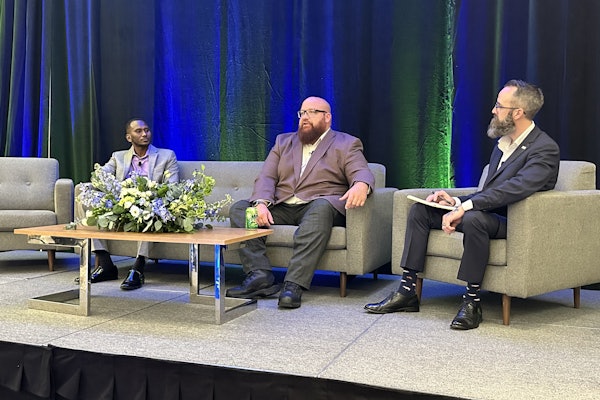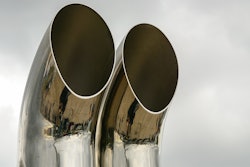Using an exemption request from the U.S. Department of Energy as an occasion to push for changes in how all drivers can use sleeper berths, the American Trucking Associations and the Truckload Carriers Association jointly urged the Federal Motor Carrier Safety Administration to allow drivers transporting transuranic waste to split sleeper berth time into two periods provided that neither of the two periods is less than 2 hours in length.
In response to a court ruling striking down the hours-of-service rules that FMCSA adopted in 2003, the agency in 2005 severely restricted use of the sleeper berth to split mandatory rest.
FMCSA invited comments in June on DOE’s exemption application, which seeks special consideration for its contract drivers transporting transuranic waste. DOE wants the flexibility so it can expedite delivery of these shipments, which represent a high security risk. In its application, DOE proposed to adopt or continue a number of safety controls:
In addition to supporting the exemption, ATA and TCA told FMCSA that they believe that “new and existing research on split sleeper berth use and driver performance establishes sufficient justification for FMCSA to undertake a new rulemaking to consider a more flexible sleeper berth provision for all solo and team drivers operating sleeper berth-equipped trucks.”
Greater flexibility for both solo and team drivers who use sleeper berths would improve safety by encouraging naps, promoting shorter continuous driving periods and advancing an approach to driving that’s more compatible with drivers’ circadian rhythms, ATA and TCA argued. In addition, more sleeper berth flexibility would aid in congestion relief by allowing drivers to rest without penalty when they approach busy transportation corridors at peak traffic periods, the associations said.
Not surprisingly, the Advocates for Highway and Auto Safety opposes DOE’s exemption bid. “If FMCSA were to grant the exemption requested by DOE, the agency would in a single action undermine the fundamental rationale of its prior action justifying the present hours of service regulation in selecting the sleeper berth regime that insists on a minimum of eight consecutive hours of sleeper berth time to ensure that a driver gets a large, uninterrupted block of ‘anchor’ sleep,” the group declared.
Comments on DOE’s exemption petition as well as details on DOE’s safety controls contained in its application are available by searching Docket No. FMCSA-2008-0076 at www.regulations.gov.






